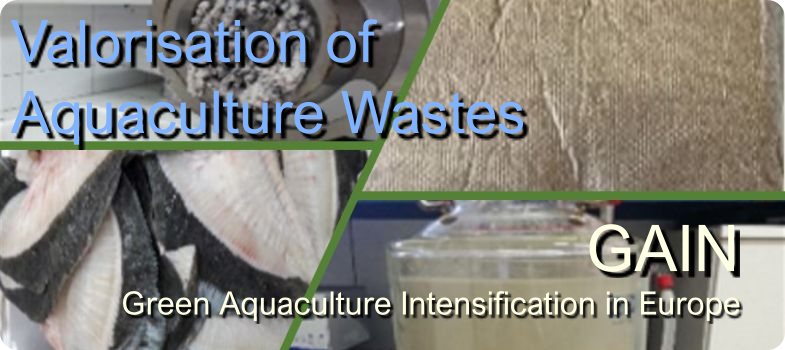What is fish protein hydrolysate?
Fish protein hydrolysate (FPH) is defined as the material rich in proteins, peptides, and free amino acids obtained from the total or partial hydrolysis of whole fish or fish by-products (skins, heads, viscera, etc.) using chemicals (alkalis, acid) and/or enzyme as a proteolytic agent. Depending on its final composition and quality, it can be used in several applications such as nutraceutical formulations, ingredients in aquaculture feed, human foods, microbial growth media, etc.
Types of FPH
Depending on the proteolytic reagent used we can identify different types of hydrolysis (also known as proteolysis when protein is the substrate to hydrolyse) to produce FPH:
- Alkaline hydrolysis when fish waste substrates are treated with alkalis reagent (NaOH, KOH, etc.).
- Acid hydrolysis is when the acid solution (H2SO4, HCOOH, etc.) is applied to the waste substrate. If fish viscera is the substrate, it is also known as fish silage.
- Enzyme hydrolysis is when an exogenous enzyme is applied for the catalytic process on fish. In the viscera, another option is the use of endogenous enzymes from the pancreas or pyloric caecum.
From an economical viewpoint, acid and alkaline hydrolysis are cheaper and easier to perform than enzymatic, but they are uncontrolled processes –in terms of hydrolysis kinetics– with which the production of peptides with tailored molecular weights, even containing bioactive and/or functional properties becomes practically impossible. Acid and alkaline procedures are generally exhaustive proteolysis yielding mainly free amino acids and peptides of low sizes at the end of the process, which are not very recommendable for many nutritional applications. In the last decade, the proteolysis of fish wastes mediated by enzymes (specifically proteases) has been extensively studied and established as the main option for the production of high-quality FPH.
